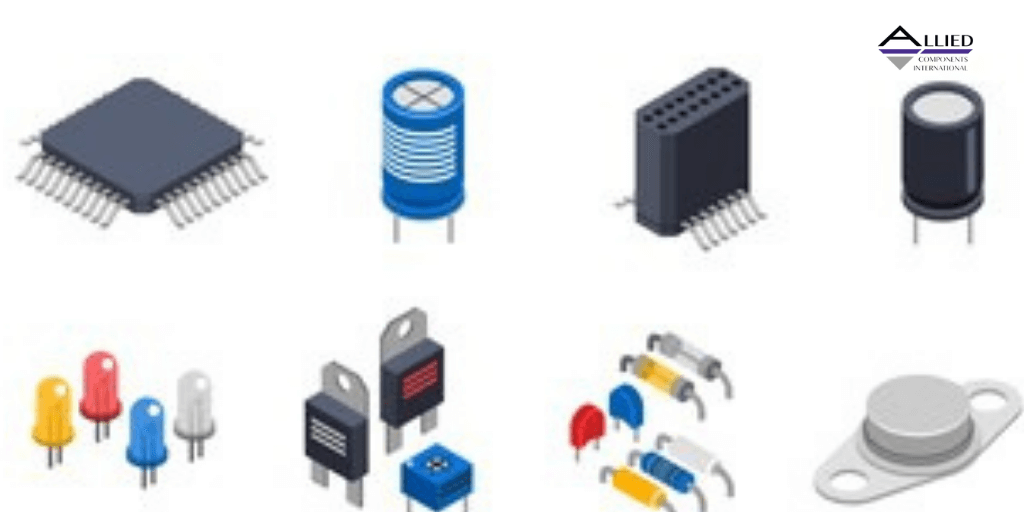Difference Between Resistor and Capacitor: An Overview

Resistors and capacitors are two of the most common components found in electronic devices, and each plays a passive role in affecting electric charges in an electrical or electronic circuit. Here's a brief overview of the differences between the capacitor and resistor.
What are Capacitors?
Capacitors mainly exist to store an electric charge or energy. They can then release the charge or energy when it's needed. The capacitor is composed of two conducting parallel plates separated by a dielectric medium, which by design is a poor conductor of electricity. Once potential is applied to the capacitor, positive and negative charges build up on the sides of the plates. The state that a capacitor produces is capacitance (C), which measures the ability of a component to store an electric charge. Capacitance is equivalent to the electric charge (Q) divided by voltage (V). It is measured in Farads (F), microfarads and nanofarads. The two types of capacitors are fixed and variable. A fixed capacitor only allows for fixed capacitance, whereas a variable capacitor allows for adjustable capacitance.
What are Resistors?
Resistors absorb electric charge or energy and convert it into heat. They are commonly used to limit the flow of current in a circuit. Resistors are essentially switches that turn currents on or off. They create resistance, which is measured in ohms. The equation for resistance is R (for resistance) = V (for voltage) divided by I (for current measured in amps). The two types of resistors are fixed and variable. A fixed resistor generates a fixed and unchangeable resistance value measured in ohms, represented by the symbol Ω. A variable resistor, by contrast, offers variable resistance values.
Related: Switched-Capacitor Circuits: Advantages and Applications
Key Differences Between Capacitor and Resistor
The major differences between resistors and capacitors involve how these components affect electric charge. While resistors apply resistance to limit current flow, capacitors store energy in an electric field until it's needed. Adding resistors and capacitors in series increases the impact of their respective functions. That means adding resistors in series increases resistance, while adding capacitors in series increases capacitance. Resistors and capacitors are commonly found in radio communications equipment and logic circuits, along with inductors. Resistors convert electrical energy into heat that then dissipates. Capacitors are often used for filtering frequencies while keeping positive and negative charges separated. Capacitors may also be used to pass alternative current while blocking direct current.
Conclusion
Knowing the differences between resistors and capacitors gives you a fundamental understanding of how energy is transferred in electrical or electronic circuits. Both are useful components for controlling the flow of electrons. If you are looking for high resistors or capacitors, visit the Allied Components International website today.


